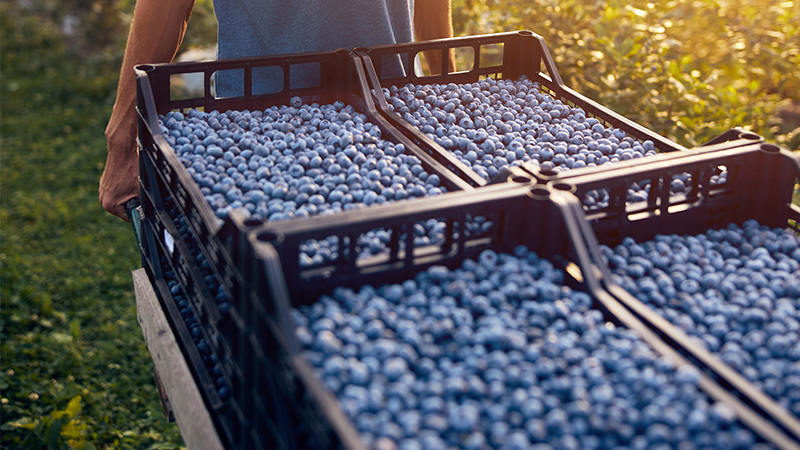Insights on What You Need To Figure Out the Biological Crop Protection Puzzle
Biologicals are making significant inroads into becoming a more mainstream piece of the typical grower’s crop protection regime. Years of field trials are proving the efficacy of these products and their usefulness in a comprehensive crop protection strategy that also includes more traditional synthetic chemistries.
But while most conversations turn immediately to biopesticides when we talk about biological crop protection, other tools should be part of that conversation as well. Growers must consider how biopesticides work in the real world in conjunction with conventional crop protection products, biostimulants, plant nutrition, and various other inputs.
We asked experts across all elements of biological crop protection, plant health, and soil health to offer their takes on how the many pieces of this puzzle fit together to help growers produce a healthy, profitable crop. Here’s a sampling of what they had to say.
How do tools like biopesticides and biostimulants fit into a well-rounded crop protection strategy that likely includes more traditional prop protection materials as well?
Jay Stroh, Biological Seed Treatment Lead, Albaugh: We focus on products that deliver as a fungicide, insecticide and nematicide and that are compatible with our current synthetic chemistries. As an example, we have a bioinsecticide that can be used on corn for corn rootworm protection and work with the current synthetic insecticides. That brings another mode of action for corn rootworm control, while reducing the amount of synthetic insecticide needed. So, it’s really a win-win and, at the end of the day, has very good protection against corn rootworm.
It’s the same with biofungicides. Again, we’re looking at products that are compatible with our synthetics and deliver targeted disease protection. With the biofungicides, some are more active on Fusarium or Rhizoctonia, and others more active on the oomycetes like Pythium. So, depending on what the customers are looking for, we can incorporate one of those biofungicides into the package.
I will note that biofungicides work differently than synthetics. Most have live bacteria that work with the plants and colonize that root system to outcompete any pathogens. And when you think about a living biofungicide, living on the root system, it’s very possible that will extend protection further into the season. They also release metabolites that disrupt the pathogens.
It can deliver natural defenses, too. You hear about ISR or SAR, inducing the plant to resist disease or insects. So, there are multiple modes of action. with these biologicals.
How do tools like plant nutrients fit into a well-rounded crop protection program?
Rick de Jong, International Business Development Manager, Agro-K Corporation: A well-rounded crop protection program starts with plant nutrition. When plant nutrition is balanced, plants are simply healthier. They’re less prone to disease impacts and to insect pressures. And when we do get some disease and insects showing up, the crop is healthier because we’ve achieved that plant nutritional balance. They’re coming from a stronger position, and then that chemistry works better.
How should growers be thinking differently about biological products as part of a crop protection strategy focused on the overall health of the plant?
De Jong: The focus needs to be on the overall health of the plants when it comes to crop protection. Instead of waiting for that disease or insect pressure to show up in the crop before we’re treating, the focus needs to shift to a proactive approach. We are building a healthy, resilient plant that can better resist those attacks in the first place.
Biological products have a huge role to play. They enhance the soil health. They can promote beneficial microbial activity. Through these actions we’re supporting healthy plant growth. Biological products, though, should not be seen as a replacement for conventional pesticides. They should be seen rather as complementary to those conventional pesticides that are on the market today. The two go hand in hand.
To see the rest of the Q&A, read the full article as part of our special Global Insight Series report on Biological Crop Protection.
In addition, check out the previous reports in Meister’s Global Insight Series covering a range of topics from Soil Health to Irrigation Innovations to Agricultural Technology.









